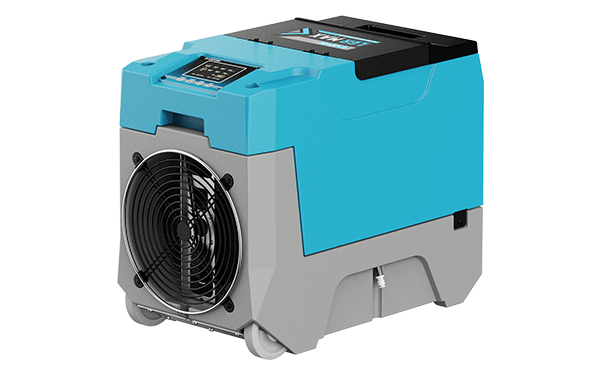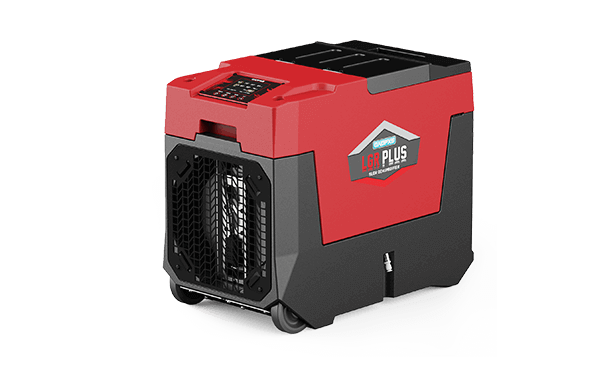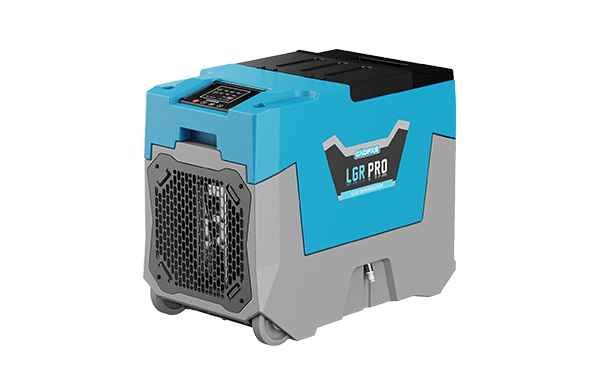FLOOD DISASTER
HURRICANE
TROPICAL STORM
WATER LEAKAGE
Water Damage Restoration in 3 Easy Steps
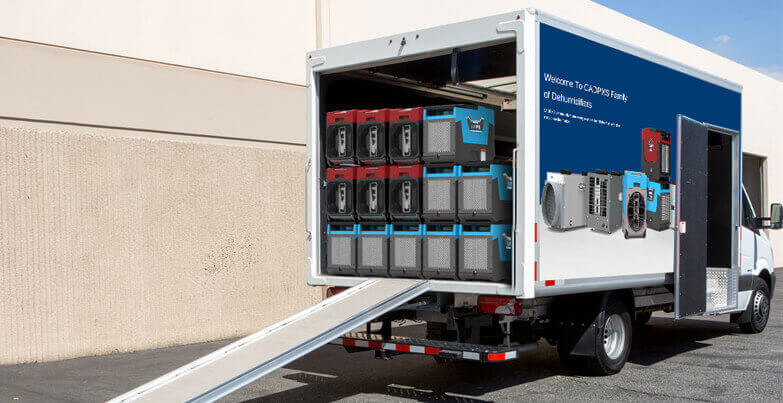
1 Learn About Dehumidifiers
The cost of dehumidifiers varies depending on size and features. Keep in mind that the price of a dehumidifier determines its efficiency. So, if you buy a more expensive dehumidifier, you are guaranteed to get a unit that can be used for renovation purposes.
Portable dehumidifiers are the most recommended dehumidifiers. They are affordable and compact in size. One of the advantages of such dehumidifiers is that they can be easily transported. They are best suited for homes with many rooms or for homes that only need to be dehumidified temporarily. The only disadvantage of such a dehumidifier is that it can only be used for a limited area.
So, before you buy a dehumidifier for water damage, check the extent of the water damage and the task it will perform. Also, consider whether it can be used in the areas where it is needed. For instance, if it’s a crawlspace or basement that needs to be restored compact dehumidifiers could do the trick.
If your whole house has high humidity and the area to be renovated is large, you should not buy small portable dehumidifiers.
Alternatively, you can opt for a dehumidifier like the LGR PRO, which requires little maintenance but provides excellent service. To prolong the life of the unit, remember to vacuum the room before using the unit. This precaution will ensure that dust does not clog the filter. Also, clean the filter regularly to make sure it does not get clogged.
For better results, always place the unit far away from furniture, curtains and walls. If the dehumidifiers are bulky, you can also place them in a corner. This will allow them to work efficiently.
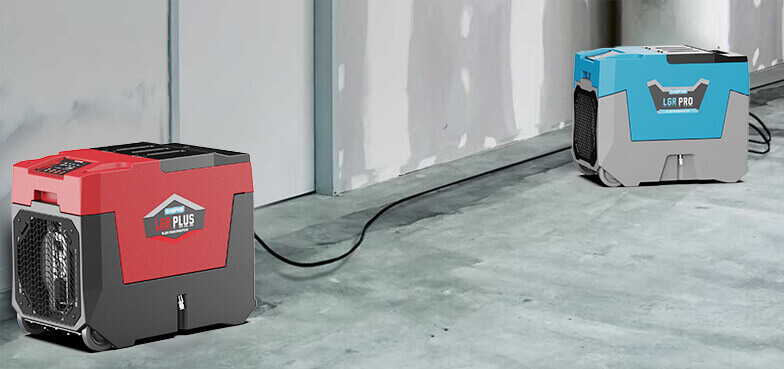
Commercial & industrial restoration dehumidifier series
SELECT PRODUCT
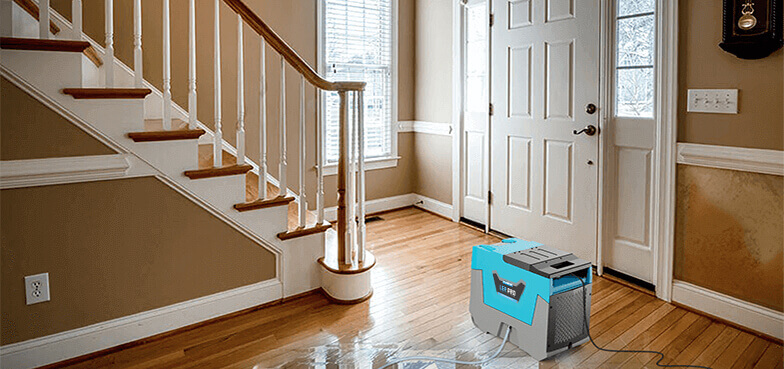
Home crawlspace & basement dehumidifier series
SELECT PRODUCT
2 Find a Suitable Restoration Equipment
A dehumidifier is necessary for businesses or homes that have suffered water damage or face persistent high humidity. They can be used to eliminate excess moisture from the air after water damage has occurred. In addition, maintaining a low humidity level prevents the growth of mould on the walls. Dehumidifiers work by eliminating excess water from the environment, thus they are critical in maintaining low humidity levels. They are less expensive and easy to use. They are also less costly.
CADPXS offers a wide range of dehumidifiers that provide a comfortable indoor climate and make your home feel less humid in summer. Installing a dehumidifier therefore provides a remedy for problems associated with water damage. Research has shown that humidity makes you sleepy and affects your ability to concentrate.
In addition, high humidity damages wood and makes window sills susceptible to rot. Fortunately, all of these problems can be solved by installing a water damage restoration system. However, the amount of water a dehumidifier can remove depends on the capacity of the unit. The most robust dehumidifier can remove up to 180 PPD. This significantly reduces the damage to the building fabric.

When you should buy a water damage restoration device
For best results, place or install the unit away from furniture, curtains and walls. If the dehumidifiers are too bulky, you can place them in a corner that is not too close to a wall so that the unit can also work efficiently.
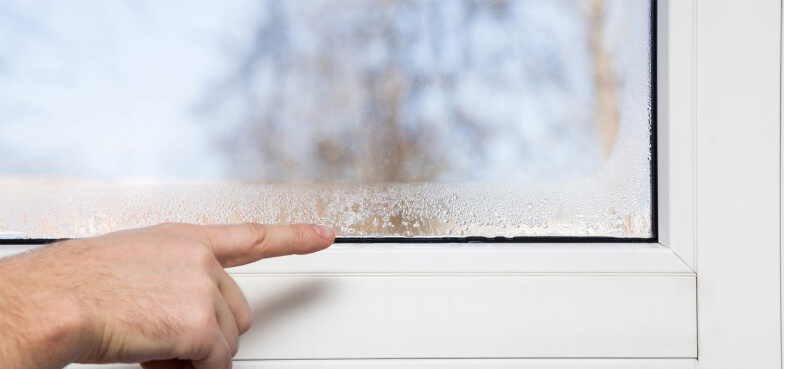
Mould and musty smells
Condensation on your windows and glass surfaces. If the windows get damp regularly in winter, the humidity in your room may be too high. Wood rot. This is one of the consequences of water damage. It can be due to problems with ventilation or a water leak.
3 Easy Install the Equipment
Home Crawlspace & Basement Dehumidifier Installation
Place the dehumidifier in an environment you want to restore, plug it in, then press the switch and follow the instructions.
Installation Procedure
Follow the following steps, either when installing or replacing an already existing dehumidifier.
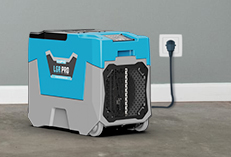
1. Choose the right location
Before you do anything else, consider how noisy the water damage restoration equipment might be. Dehumidifiers are powered by fans, so you should not place them in areas where you think the noise might disturb the surrounding area. Places like hallways, living rooms and bedrooms should always be free of dehumidifiers.
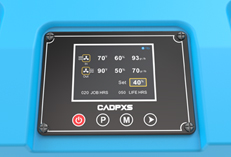
3. Set the humidity
Next, you need to connect a dehumidifier. Then choose the ideal humidity range according to your needs. You can switch on the unit to see if it can maintain the desired humidity.
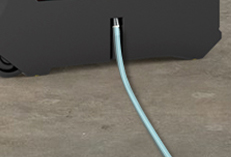
2. Choose a drainage method
Secondly, connect the drainage hose to the dehumidifier to remove the collected water. As the remediation device removes the condensation from the atmosphere, a drainage system is required to direct the water to a collection point. The water could first be stored in a tank or internal collection tray before being directed to a drainage point. You also have the option of emptying the tank with a motor pump.

4. Maintenance
Remember to carry out the necessary maintenance regularly. Frequent cleaning of the unit will increase its performance and effectiveness. Regular maintenance is important as it prevents the growth of mould.
Home Crawlspace & Basement Dehumidifier Install
Installation of a commercial dehumidifier with a supply kit only
1. Return Grill
2. Remote Control
3. Optional Wall Mount Dehumidistat
4. Supply Grill
5. Supply/Discharge Duct Work
6. Return/Intake Duct Work

